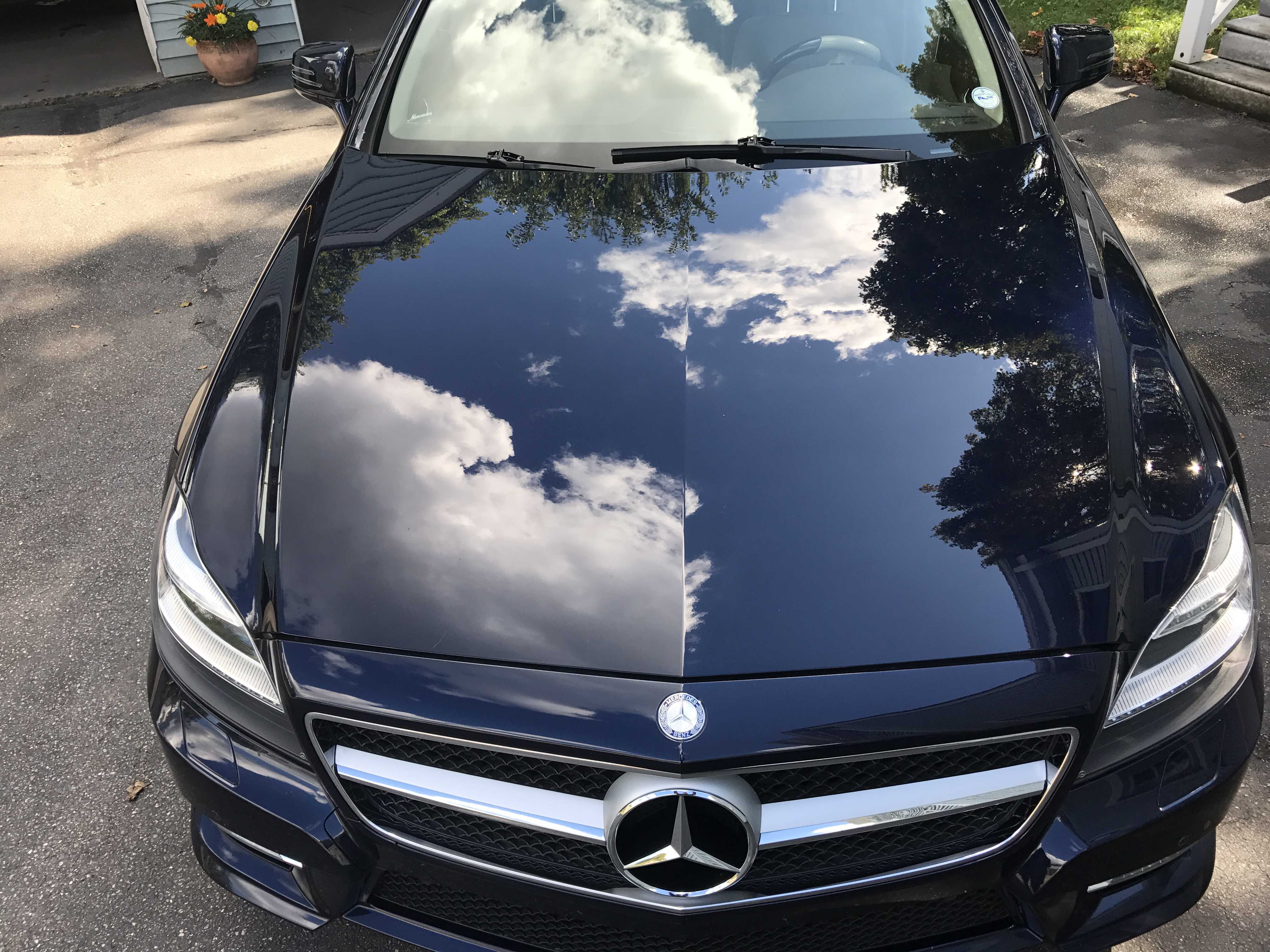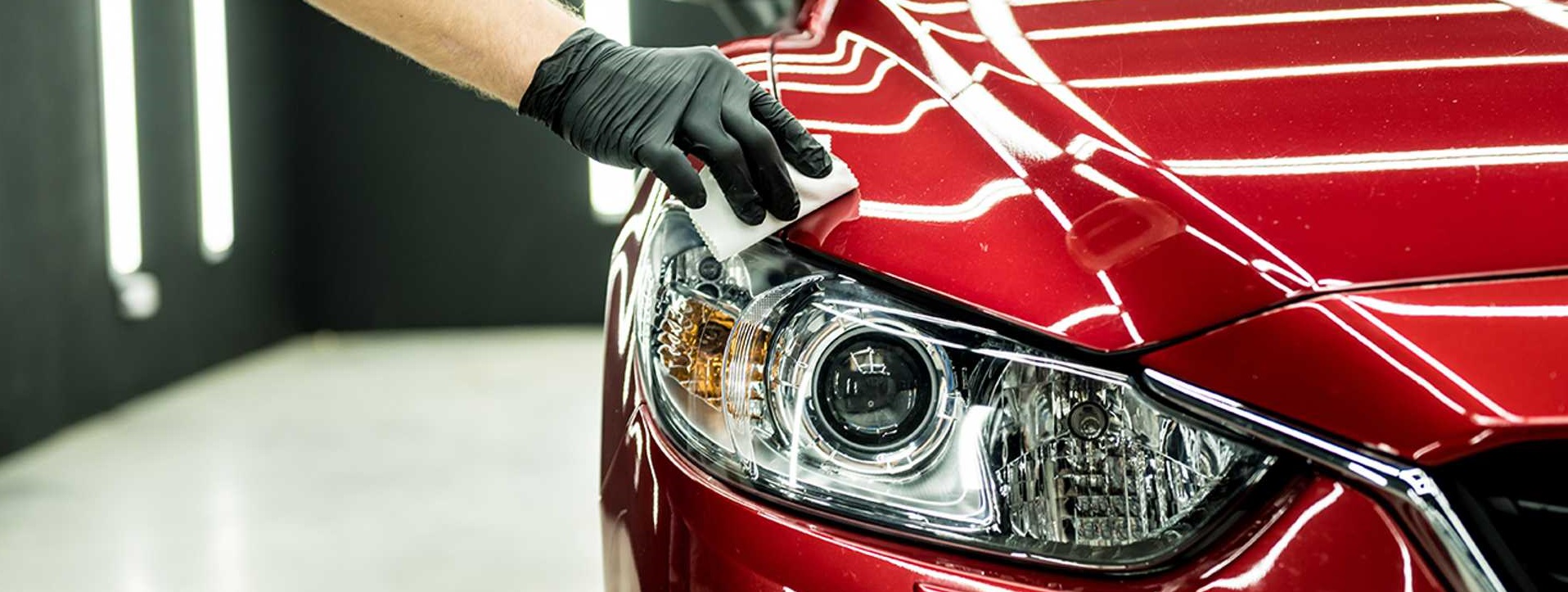Ceramic Coating for Cars: The Ultimate Solution for a Glossy Finish
Ceramic Layer vs. Conventional Wax: Which Gives Much Better Long-Term Defense?
The dispute in between ceramic layers and traditional wax for lorry protection has gathered considerable focus among automobile lovers and experts alike. While both satisfy of protecting paint, their differences in resilience, application, and lasting maintenance prices may affect a customer's choice. Ceramic finishings flaunt premium longevity and resistance to environmental factors, yet the intricacy of their application questions regarding accessibility and functionality. As we check out these contrasting choices, it becomes important to take into consideration not just the instant benefits but additionally the ramifications for lorry treatment gradually.
Summary of Ceramic Layer
Ceramic layer has acquired significant popularity amongst automotive lovers and detailers alike because of its innovative safety high qualities. This cutting-edge technology is made to develop a sturdy, hydrophobic guard over a lorry's paint surface, considerably boosting its resistance to ecological contaminants such as dust, UV rays, and chemical stains. Unlike typical wax, which supplies a short-lived layer of protection, ceramic finishings bond at a molecular level with the paint, providing durable longevity-- commonly prolonging beyond 2 years with correct upkeep.
The application procedure involves precise prep work of the automobile's surface area, consisting of cleaning and polishing to make certain ideal bond. As soon as used, the coating treatments to form a robust layer that not only adds deepness and gloss to the paint but also simplifies maintenance. With its hydrophobic buildings, ceramic coating enables water and dust to move off even more quickly, lowering the regularity of washes and minimizing the threat of swirl marks.
Furthermore, ceramic finishes are available in various formulations, allowing users to choose products tailored to their specific needs and preferences. On the whole, ceramic coating stands for a substantial development in paint protection technology, delivering remarkable efficiency contrasted to traditional options.
Review of Traditional Wax
Traditionally considered a staple in automobile care, wax offers as a popular selection for those seeking a simple approach to boost and protect their car's paint - ceramic coating. Automotive wax normally makes up all-natural components, such as carnauba, or synthetic substances, designed to create a safety layer on the surface of the paint. This layer not only improves the car's gloss and shine but additionally offers a barrier against ecological pollutants
The application of wax is normally straightforward, making it accessible for both experts and Do it yourself enthusiasts. Once applied, wax calls for a curing period, after which it hardens to create a safety shell.
Nonetheless, while wax works for enhancing the aesthetic charm of a vehicle, it is essential to note that the protection it supplies may require a lot more constant reapplication contrasted to alternate products, such as ceramic layers. Overall, conventional wax stays a popular choice for those prioritizing ease of usage and instant aesthetic renovation.
Resilience and Durability Comparison
While both ceramic coverings and traditional wax deal protective benefits for auto paint, their durability and longevity differ considerably. Traditional wax, usually made from natural carnauba or artificial polymers, usually gives a protective layer that lasts about 3 to six months. This fairly short life-span demands routine reapplication to maintain optimal defense.
On the other hand, ceramic layers are crafted from sophisticated nanotechnology, developing a covalent bond with the paint surface area. This leads to a robust, hydrophobic layer that can sustain for two to five years, relying on the product and ecological conditions. The remarkable sturdiness of ceramic layers is associated to their chemical structure, which uses improved resistance to scratches, UV rays, and oxidation.

Defense Versus Environmental Variables
Protecting a car's paint from environmental elements is essential for maintaining its look and worth with time. Cars are constantly subjected to a variety of components, including UV rays, bird droppings, tree sap, acid rainfall, and road grime, all of which can jeopardize the integrity of the paintwork.
Ceramic layers offer a durable defense versus these ecological aggressors. Unlike conventional wax, which can weaken promptly under UV exposure, ceramic coatings form a sturdy, hydrophobic layer that resists the harmful effects of sunlight and toxic wastes. This advanced modern technology develops a chemical bond with the lorry's surface area, using superior protection that lasts for years, even in harsh problems.
Conventional wax, while much easier to use, generally calls for constant reapplication and provides minimal resistance to impurities and UV rays. In time, it can damage down, leaving the paint at risk to scratches and oxidation. On the other hand, ceramic finishes preserve their safety qualities much longer, substantially lowering the danger of paint damages and making sure that the car keeps its visual allure. As an outcome, ceramic coverings are increasingly acknowledged as the superior option for long-lasting security against ecological factors.
Application and Upkeep Differences
The approaches of application and subsequent upkeep for ceramic finishes and conventional wax differ considerably, impacting the total user experience and performance of each product. Ceramic coatings need an even more complex application procedure, typically including surface preparation that includes cleaning, decontaminating, and polishing the vehicle. As soon as the surface is prepared, the ceramic finishing is used in a regulated environment, usually more info here needing professional proficiency to make sure proper treating and bonding to the paint.

While both items boost lorry appearance, the longer-lasting protection used by ceramic coverings may validate their first financial investment, regardless of the even more requiring application procedure. Conversely, traditional wax stays a prominent selection for those looking for a simpler, albeit short-term, remedy.

Verdict
To conclude, ceramic finishes demonstrate significant advantages over conventional wax in regards to durability and environmental management. With a life-span expanding two to five years and premium resistance to UV rays, dust, and chemical discolorations, ceramic finishes supply a more effective solution for long-lasting vehicle upkeep. Although the application process may call for specialist experience, the resulting expense savings and decreased regularity of reapplication emphasize the value of ceramic layers for those seeking ideal automobile security.
The debate in between ceramic finishes and typical wax for vehicle security has actually gathered significant attention among vehicle lovers and experts alike. Unlike traditional wax, which offers a short-term layer of defense, ceramic finishes bond at a molecular level with the paint, supplying durable longevity-- usually expanding beyond two years with correct upkeep.
While both ceramic finishings and standard wax offer safety advantages for auto paint, their resilience and longevity vary pop over here significantly. For automobile lovers seeking lasting security, ceramic coverings present a compelling advantage over typical wax items.
In verdict, ceramic coverings demonstrate substantial advantages over traditional wax in terms of durability and ecological security.